HIGH TECH SAFETY in the “new normal”: our 3 main components to minimize germs
Dental offices are high traffic spaces: our regular, daily interactions with patients can introduce bacterial, viral, and fungal infections into the air. The indoor air within dental offices contains unhealthy and often infectious airborne pollutants, but we believe technology keeps our patients happier and healthier. Here are three major ways we use cleaning technology to ensure our patients and staff members are as protected as possible:
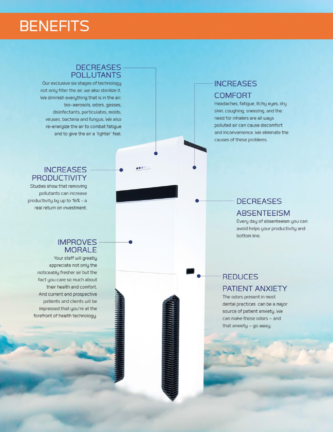
SURGICALLY CLEAN AIR FILTRATION: it doesn’t just filter germs, it destroys them.
Microbial air pollution is a real health issue and this is where technology makes us a better, healthier practice. Air purification systems can play a role in significantly reducing transmittable bio-aerosols Dental procedures inadvertently generate aerosols, containing organisms and debris from each patient’s oral activity, and these can be harmful to everyone present in the clinic. Air filters result in the significant reduction of viable particles in the air. World-class medical-grade air purifiers like our Surgically Clean Air system remove chemicals, toxins, germs, and odors, but most importantly, they kill airborne viruses, to help reduce the spread of illness.
By using a six-stage purification system of filters and UV lights, we ensure that the air you breathe is clean, healthy, and odor-free. Stages 1 and 2 remove large and microscopic air contaminates. Stage 3 absorbs unhealthy odors, chemicals, and gases. Stages 4 and 5 kill bacteria and viruses, while stage 6 re-energizes the clean air before circulating it back into the room.
We invested in Surgically Clean Air systems within our office because we believe that paying attention to the quality and purity of the air in our office creates a win/win situation for our patients and team members. Learn more about what Surgically Clean Air is doing for other practices HERE.
ISOLITE SYSTEMS: Mouthpieces matter
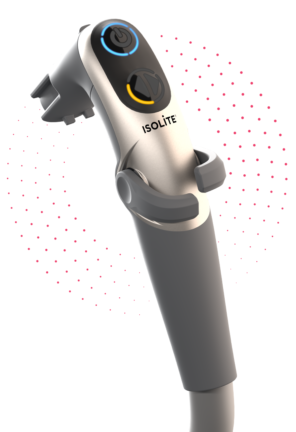
“Isolation”, in dental terms, means keeping the procedure area (your mouth) safe and contained. Proper dental isolation is important to dental procedures because it minimizes contamination. This is traditionally done with dental dams and other tools for suction, but we use Isolite systems with our patients. Isolite technology is soft and comfortable, but provides added safety measures during your dental procedure, protecting you foreign body aspiration and shielding the tongue and cheek from injury by the handpiece or other dental instruments.
VIKING PURE CLEANING SOLUTIONS: Redefining a clean environment
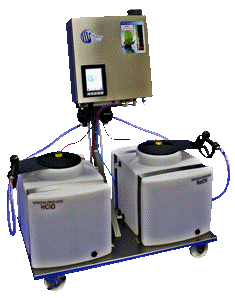
As an added step in our office safety, we are soon implementing a Viking Technology Cleaning System within the practice. Viking Pure’s patented e-water is a nontoxic solution that has the power to redefine our idea of a clean environment. The chemicals that our society has come to rely on are harmful to our health, our wallet and our planet. They are also ineffective at killing the bacteria, viruses and superbugs that are plaguing our homes and businesses.
Viking Pure Solutions are not only more powerful than chemicals, but our patent-protected systems have revolutionized the very process of generating natural cleaning solutions. Electrolyzed Water is the result of a process called electrolysis: salt is electrically separated into its two main ions, sodium and chloride. Those two ions are then mixed into separate streams of fresh water, producing two solutions: Hypochlorous Acid (PureSan) and Sodium Hydroxide (PureClean). These two solutions are safer, cheaper and most importantly, infinitely more powerful than the harmful chemicals most commonly used as cleaning agents today.
BOTTOM LINE: HEALTHIER AIR, HEALTHIER PATIENTS + STAFF
After a very long 2 months, we look forward to bringing our patients back into the office for treatment. Fortunately, many of the new safety precautions recommended to dentists have been in place in our office long before COVID-19. We look forward to seeing you.

 Though the link between dental health and heart health is not completely clear, experts say it’s important to take care of both.
Claiming around 610,000 lives each year, heart disease is the No. 1 killer of both men and women in the U.S.1 Did you know that research has found a link between this deadly disease and the health of your gums?
Having gum disease increases the risk of a first heart attack by 28%, according to a 2016 study by the Karolinska University Hospital in Sweden.2
“Although the findings indicate a strong link between gum disease and heart disease, it’s still unclear whether one actually causes the other,” says the American Heart Association. The two conditions have some of the same risk factors, including smoking, poor nutrition and diabetes. Researchers believe that inflammation caused by periodontal disease may be responsible for the connection.3
Though the link between dental health and heart health is not completely clear, experts say it’s important to take care of both.
Claiming around 610,000 lives each year, heart disease is the No. 1 killer of both men and women in the U.S.1 Did you know that research has found a link between this deadly disease and the health of your gums?
Having gum disease increases the risk of a first heart attack by 28%, according to a 2016 study by the Karolinska University Hospital in Sweden.2
“Although the findings indicate a strong link between gum disease and heart disease, it’s still unclear whether one actually causes the other,” says the American Heart Association. The two conditions have some of the same risk factors, including smoking, poor nutrition and diabetes. Researchers believe that inflammation caused by periodontal disease may be responsible for the connection.3
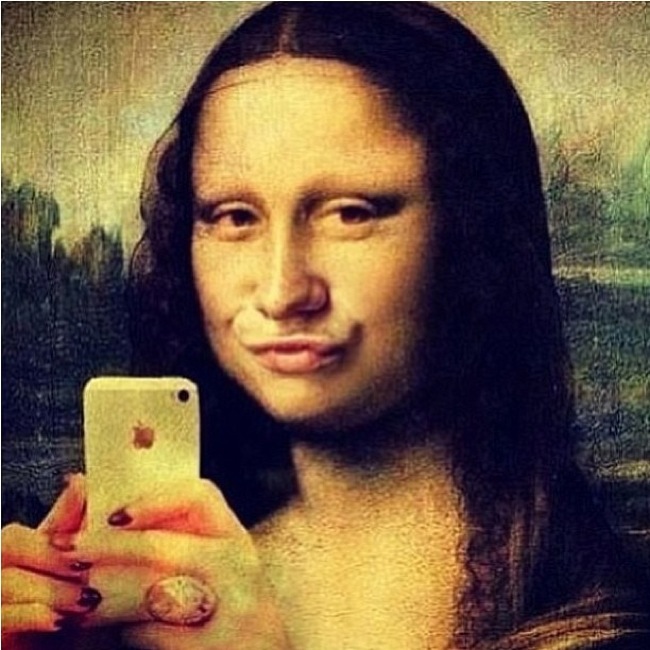
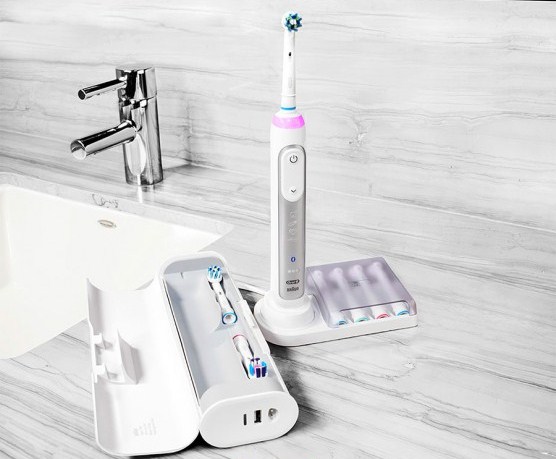 Leading dental manufacturer Oral B has unveiled a state of the art smart brush that uses sensors to follow the path of the brush.
Leading dental manufacturer Oral B has unveiled a state of the art smart brush that uses sensors to follow the path of the brush.
